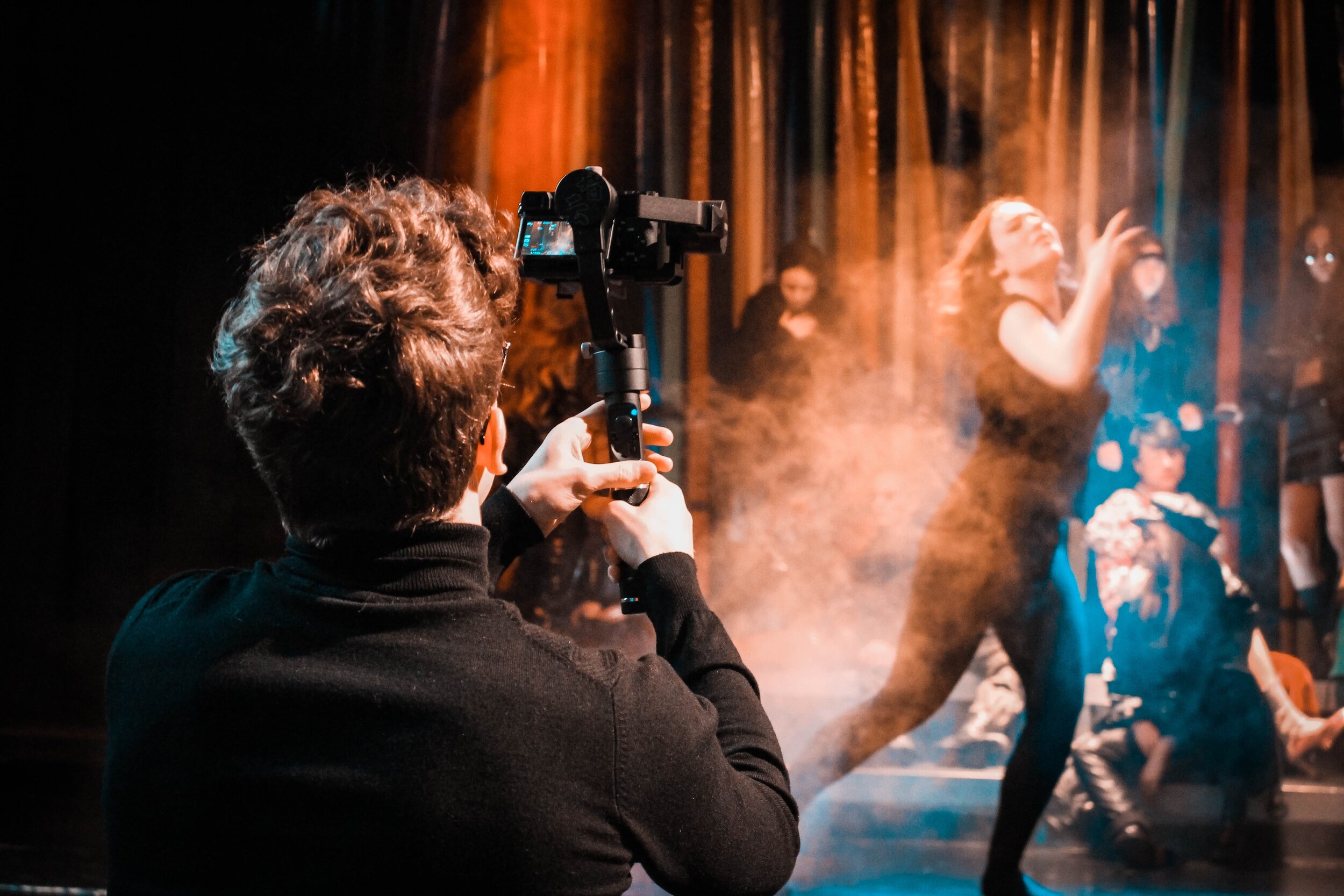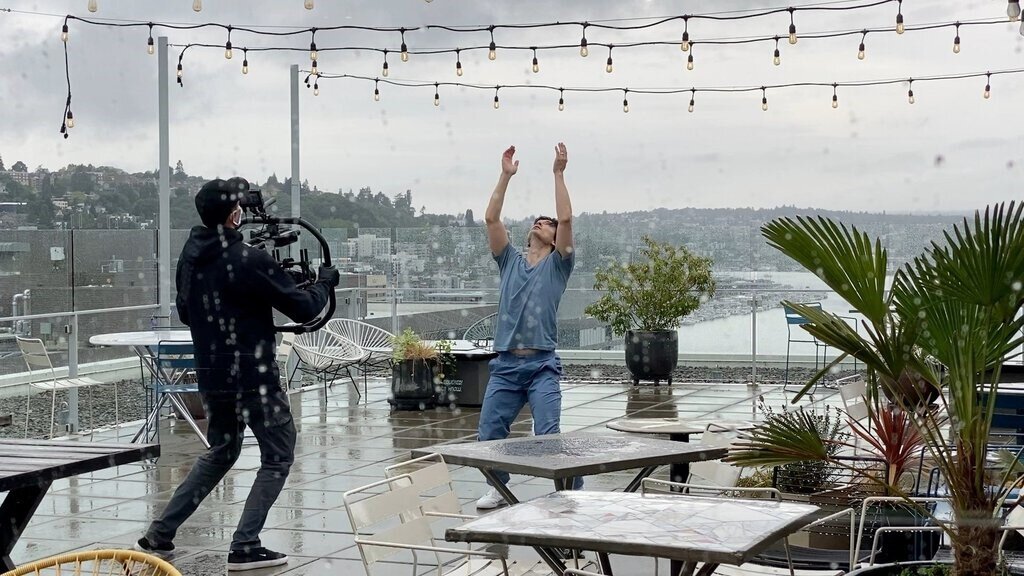Throughout history, jazz has been on the cutting edge of social and cultural change. It has always represented a means of freedom and self-expression in both the brightest and darkest of times. Jazz artists have historically pushed the boundaries of their own genre, as well as others. How does the genre continue to transform in the digital age?
How Haptics Affect Human-Robot Interaction in Dance
Guidelines for Using Aggregate Streaming Platforms for Performing Arts Content
For arts organizations looking to reach audiences through online content, there are numerous approaches, including posting subscriber-only content to their websites and posting free videos on platforms like YouTube. In the broader entertainment landscape, streaming via services that aggregate content has become a popular way to watch film and television. This article examines the viability of sharing performing arts content on third-party streaming platforms that aggregate content as opposed to single-entity streaming channels.
Video Streaming Trends for Performing Arts Organizations
Performing arts organizations are facing unexpected pivots to sharing their content digitally in 2020 due to the Covid-19 pandemic. Many of these organizations are confronting entirely unfamiliar methods of distribution, launching head-first into the vast world of streaming. To embrace the opportunities of such a shift, organizations must consider the benefits and risks of the various methods within the ever-evolving digital landscape.
Third Place Theory and Virtual Platforms: How Arts Organizations Might Build Community Online
Arts organizations play important roles in their communities beyond providing access to art itself. Arts organizations are also valued venues for human connection. In LaPlaca Cohen’s Culture Track 2017, 68% of respondents indicated “interacting with others” as a draw for cultural participation, and about half of respondents in LaPlaca Cohen’s 2020 study, Culture and Community in a Time of Crisis, revealed desires for cultural organizations to communities “stay connected” during this time. These data points demonstrate that audiences look to arts organizations to not only foster connections through art, but also nurture communities beyond the art. One way to do this is by creating virtual third places. While arts organizations are unlikely to build entire VR-based worlds for their patrons, arts administrators might consider how to adapt existing platforms to help reproduce some if not all of the socially-leveling, conversation-focused environments they’ve worked to cultivate in their physical spaces.
How Technology is Helping the Live Music Industry Respond to Covid
The music industry in the United States has been a thriving industry since the success of publishers selling sheet music in “Tin Pan Alley” in the late 19th century. Over time, with technological advances, the music industry has blossomed into the multi-billion dollar industry it is today. As you are probably aware, however, the live music industry has been hit hard by the pandemic. The music industry is very familiar with disruptions, but Covid-19 has posed a new set of challenges for it to recover from. This post introduces live music performance as part of the arts and entertainment ecosystem. Throughout the upcoming case studies, we will explore the different types of technology that are being utilized in live entertainment to assist in reopening and the technology that is allowing the public to be entertained.
What Arts Organizations Can Learn From Sports: The NBA
This week, AMT Lab has been investigating what lessons arts organizations can learn from sports as they seek to provide engaging digital experiences for audiences. The National Basketball Association (NBA) is the most prestigious and well-known basketball league in the world, making it imperative that they continue to engage their fans during the pandemic while securing revenue from broadcasts. They found solutions that would permit fans, specifically younger generations, to continue to interact with each other during the games—something that arts organizations could apply to their virtual performances.
What Arts Organizations Can Learn From Sports: La Liga
As arts organizations look to provide digital experiences to engage audiences, there are lessons to be learned from sports leagues that have restarted seasons and successfully broadcast them to international audiences amidst the Covid-19 pandemic. One example is La Liga. The Spanish league most commonly known as La Liga is one of Europe’s top five soccer leagues. The 2019-2020 season kicked off on August 16, 2019 and was set to go until May 2020, but as the world—and Spain specifically—saw the rapid growth of Covid-19, the league was temporarily suspended. With the campaign entitled #BackToWin, it was the second major European league to resume, with no fans in the stadium and strict safety guidelines. To make the matches a marketable product from an entertainment standpoint, broadcasters experimented with AR “fans” and artificial crowd noise. A spike in La Liga’s international viewership reflects not only the fans’ desire for the return of live sports, but also the value of the product La Liga and its broadcasters were able to create. As sports—and the arts—look for ways to perform virtually, La Liga offers an example for how to do so successfully.
What Arts Organizations Can Learn From Sports in the New Normal
So why sports? Although the general perception of the sports industry focuses on teams and their players, the sports industry encompasses a vast number of stakeholders that affect the state of the industry. The industry is made up of a complex web of live sporting events, food stands, media rights, and brand sponsorships. Most importantly, as with the arts, fans and audiences play a key role when it comes to analyzing the state of the industry. Unlike the situation for arts audiences, the global sports market is growing and expected to continue to grow due to esports, an increase in the number of internet accessible devices and the advent of 5G. What opportunities could this offer arts organizations looking for digital innovations to reach audiences?
Social Distancing Strategies in the Arts: Performing Arts, Part 2 of 3
As arts institutions are in the midst of reopening plans, they are faced with new challenges as they seek to ensure the safety of their visitors, audiences, and staff in the COVID-19 era. The challenges and solutions differ depending on the industry, and whether it is a museum, performing arts institution, or film and television. Part 2 of this 3 part series explores the immerging reopening plans for the performing arts sector.















